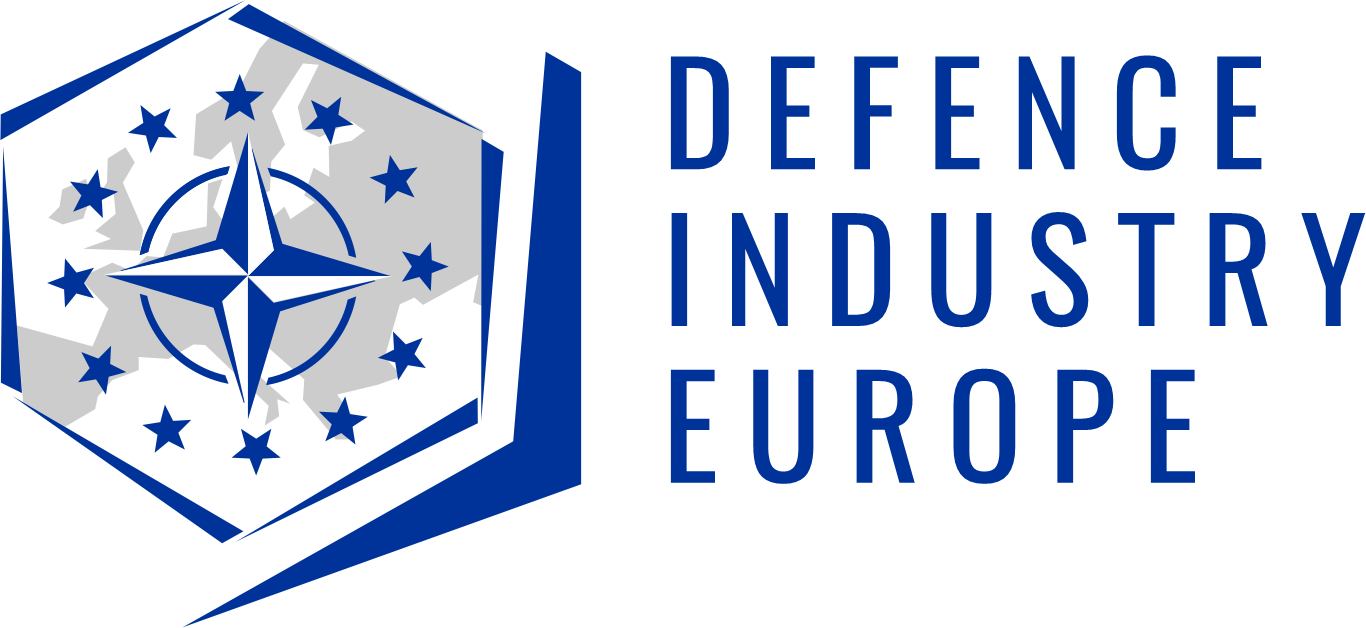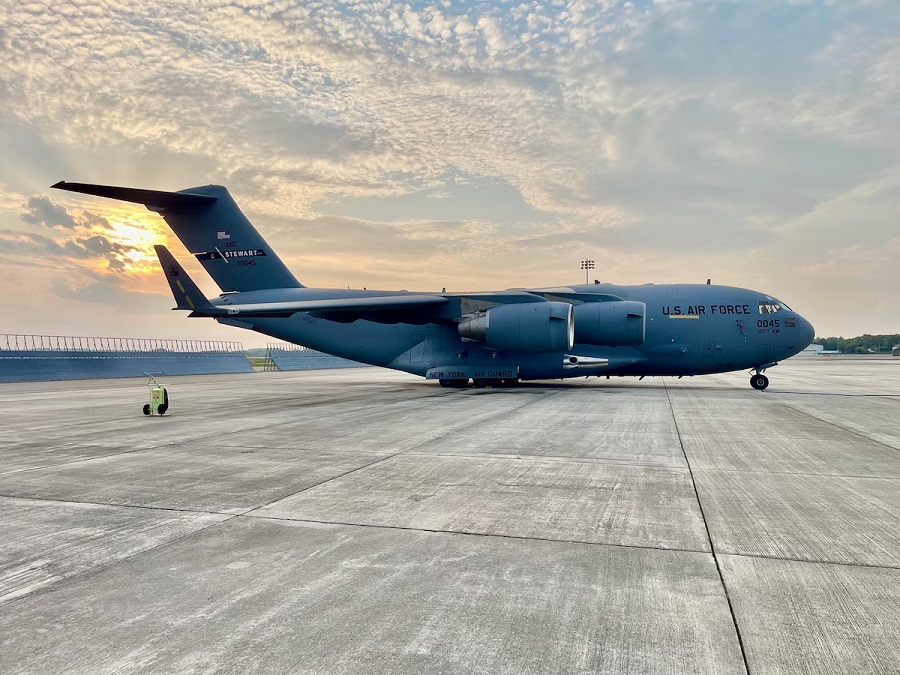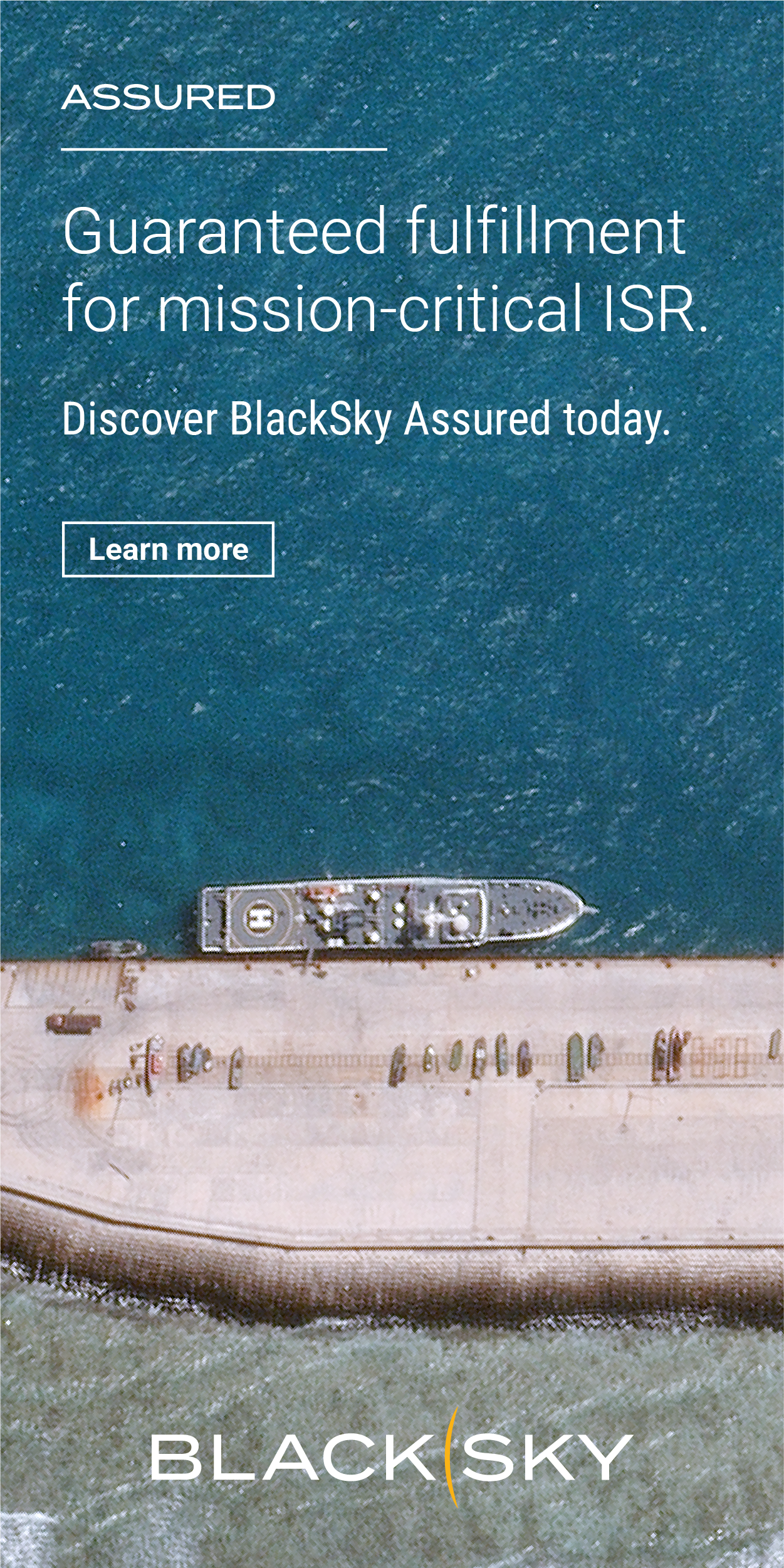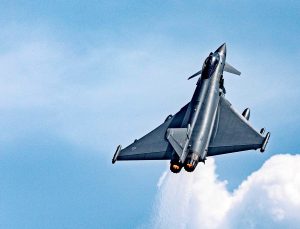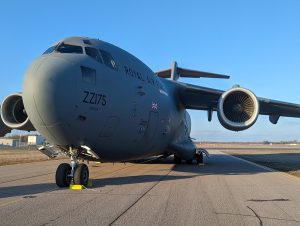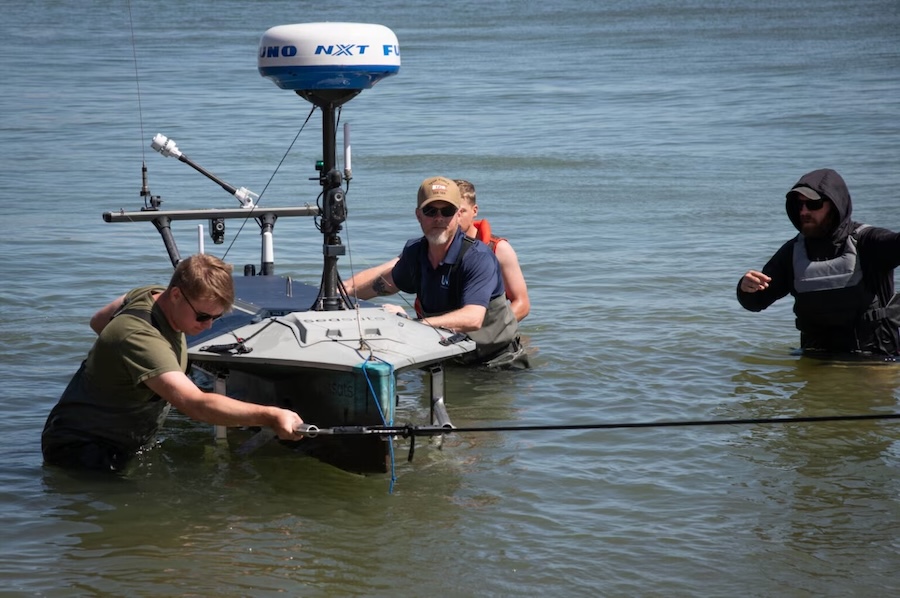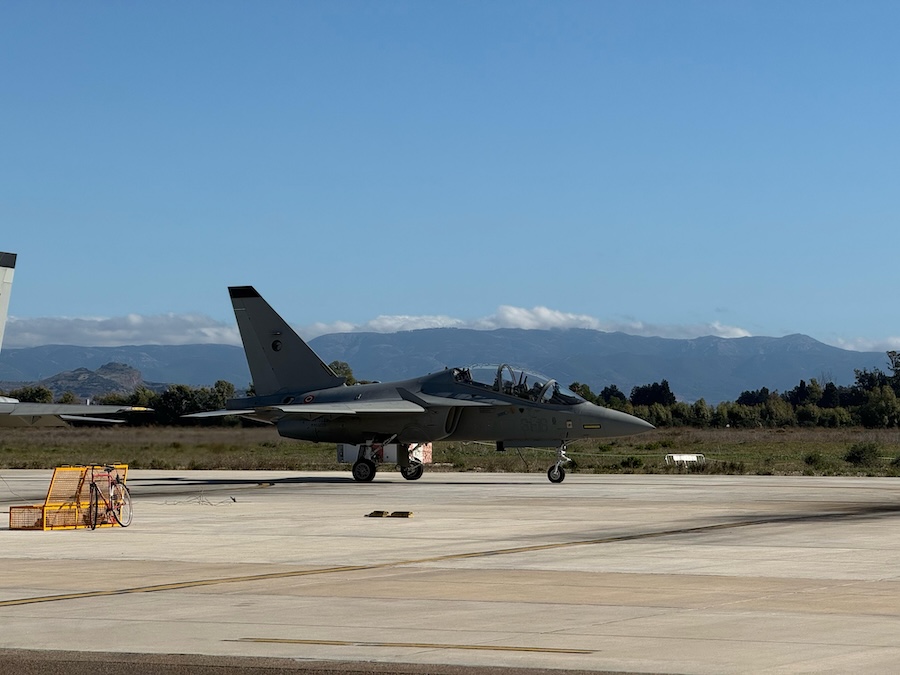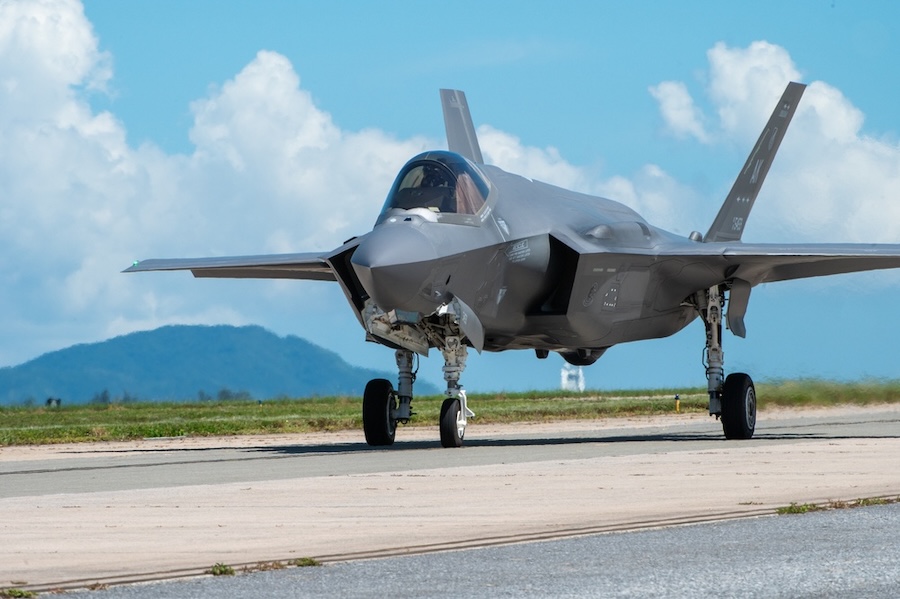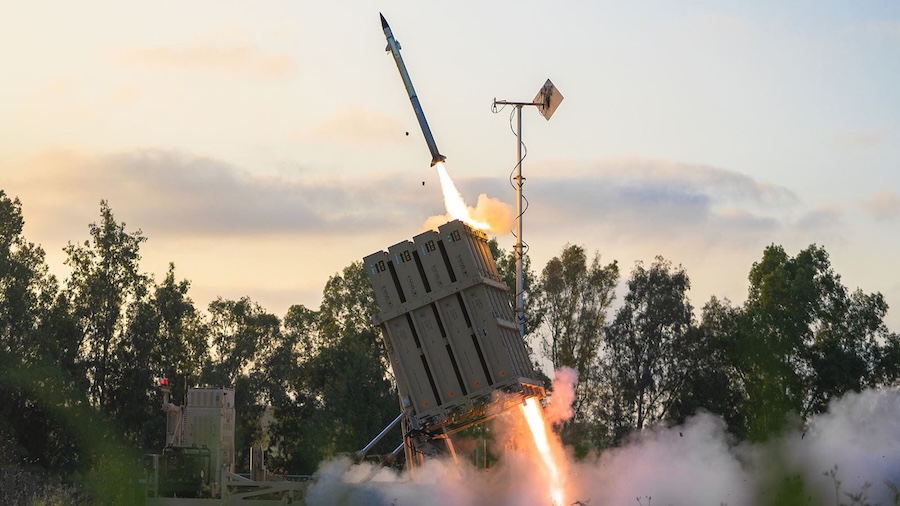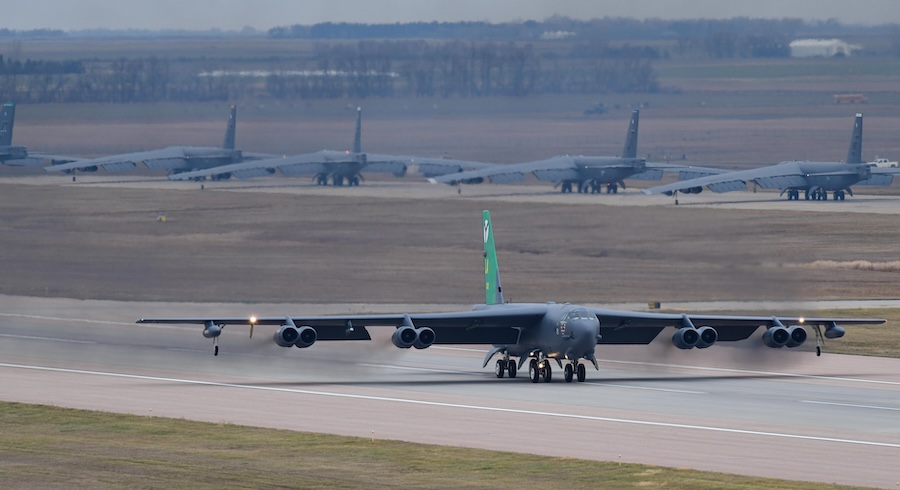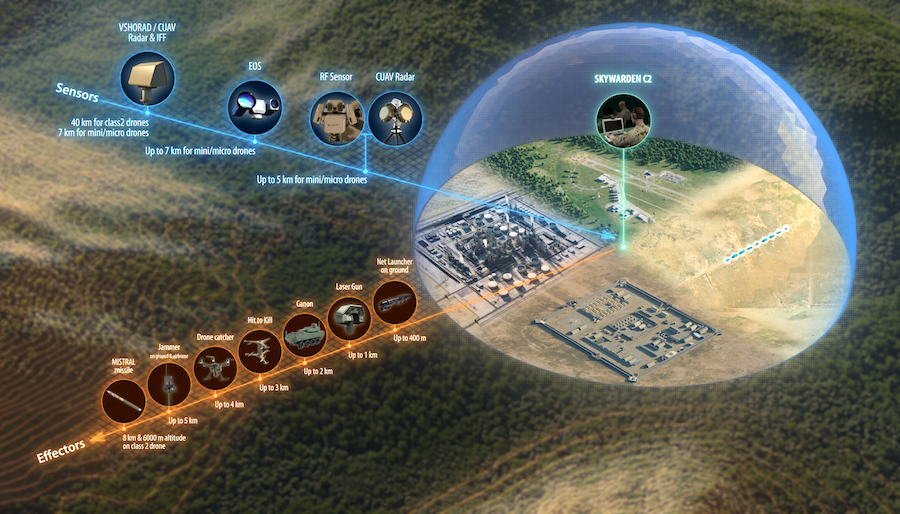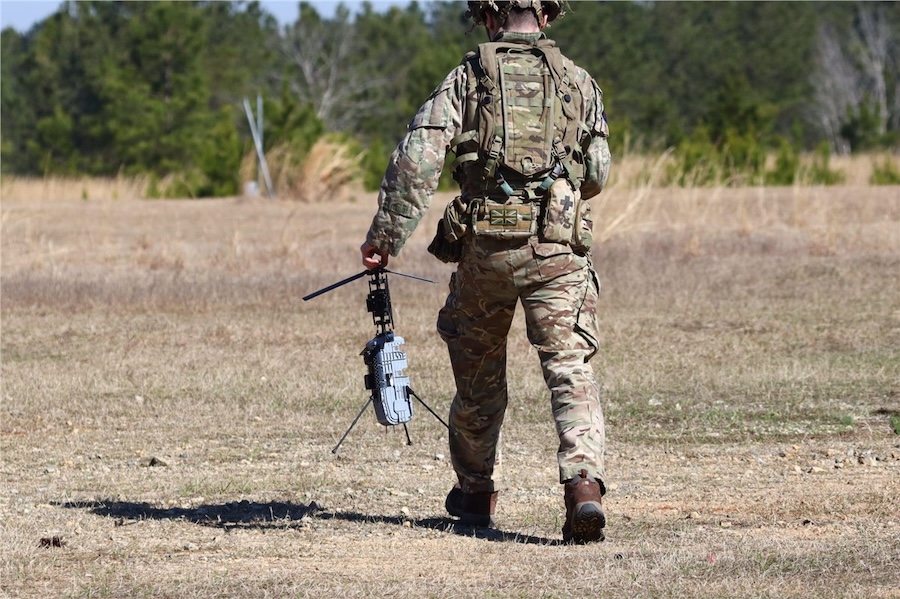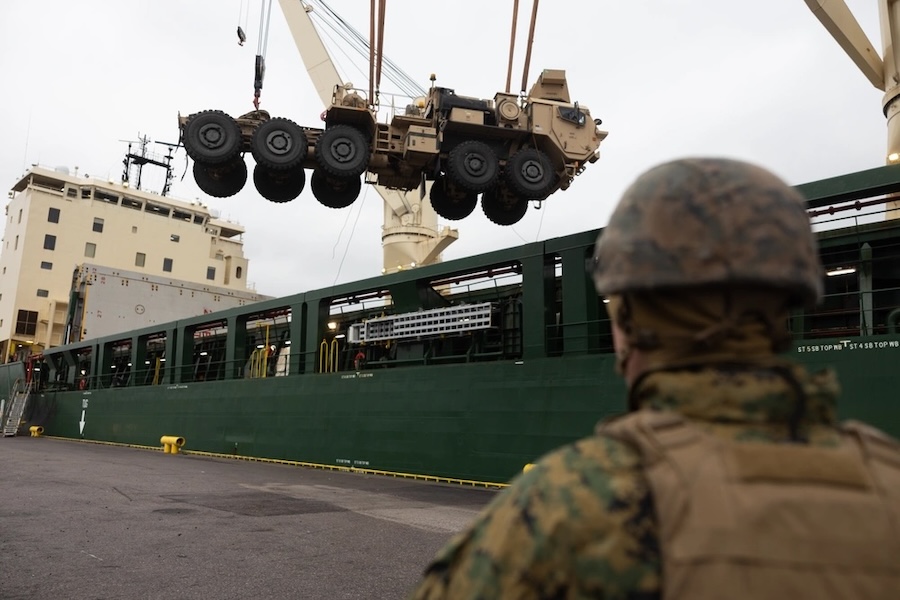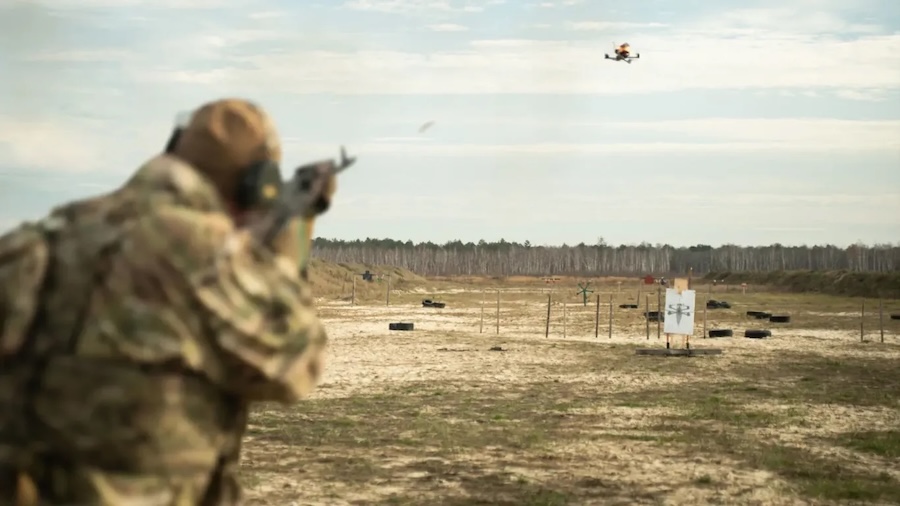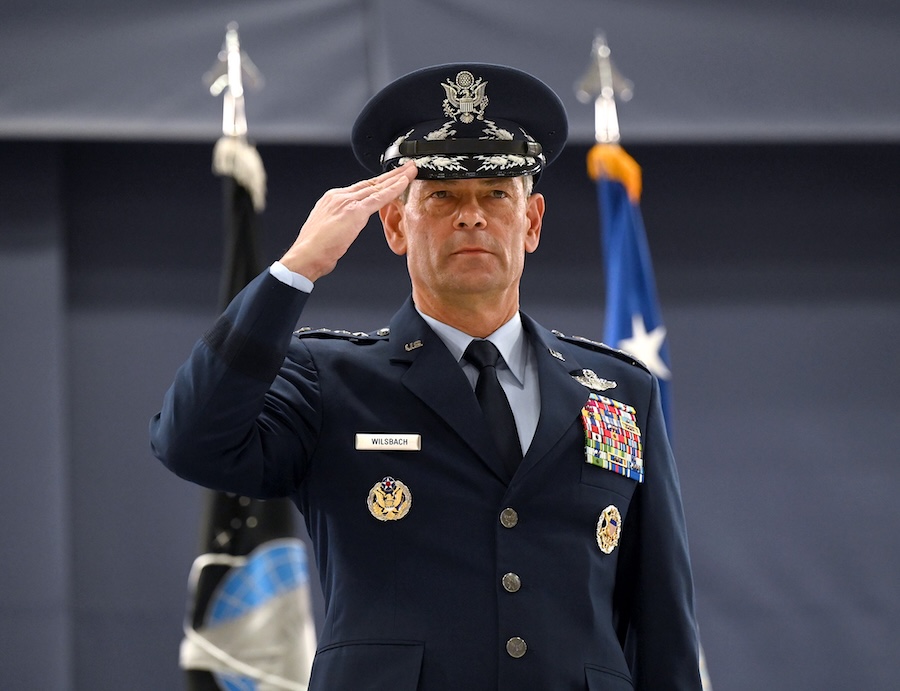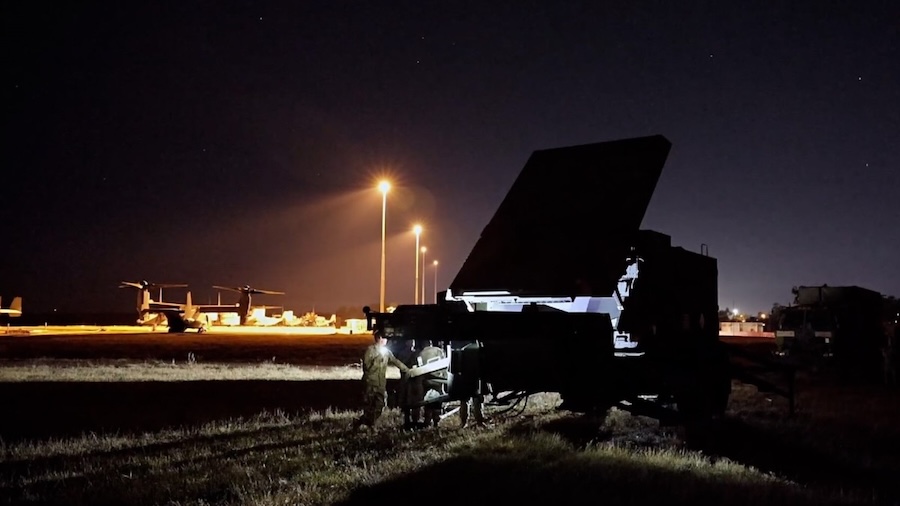Microvanes are 3D-printed devices, each measuring approximately 4 x 16 inches, that are attached to the rear fuselage of the C-17 using strong adhesive bonding. These thin blades reduce aerodynamic drag caused by the aircraft’s upswept cargo door design, leading to a one-percent decrease in fuel consumption.
By increasing fuel efficiency, Microvanes extend mission range and reduce operational costs across the U.S. Air Force, Air National Guard, and Air Force Reserve. The technology is also drawing interest from partner nations, including Canada and the United Kingdom, for potential integration into their own C-17 fleets.
The financial impact of this innovation is significant, with projected annual savings of over $14 million through reduced fuel costs. The return on investment is expected within just seven months, making it a cost-effective solution for improving the fleet’s capabilities.
Roberto Guerrero, Deputy Assistant Secretary of the Air Force for Operational Energy, emphasised the importance of fuel efficiency in maintaining readiness. He stated that upgrading legacy aircraft with modern technology strengthens operational effectiveness while ensuring a strategic advantage in global competition.
Microvanes have undergone extensive testing, including evaluations for paratrooper airdrops, air refuelling, and assault strip operations. In October 2023, the first C-17 with permanently installed Microvanes was assigned to Stewart Air National Guard Base, marking a major step towards full implementation.
Lt. Col. Eric Durkins, Commander of the 105th Aircraft Maintenance Squadron, highlighted the teamwork behind the project. He noted that collaboration between Stewart and Memphis Air National Guard Bases was key to refining the installation process, ensuring the modification is mission-ready.
Currently, six aircraft have been modified as part of the final Logistics Service Assessment (LSA), which will determine the feasibility of fleet-wide implementation. The last two aircraft in this phase are set for modification at Charleston Air Force Base, with the assessment expected to conclude within six months.
Guerrero underscored the broader impact of fuel-saving innovations, stating that cost reductions from Microvane technology could fund future combat capability enhancements. The initiative aligns with the Air Force’s strategy to maintain agility and resilience in a rapidly evolving global security environment.
Source: AFRL.

